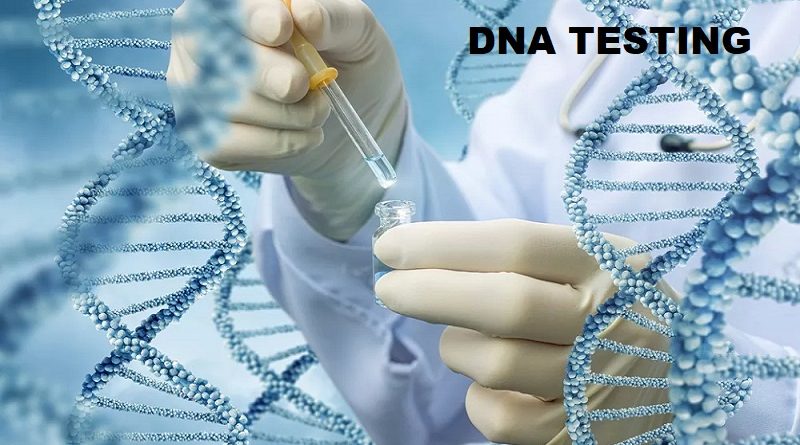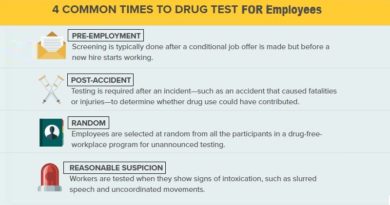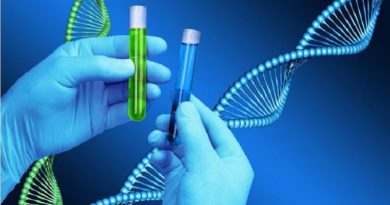DNA Testing: Procedure, Applications, and Accuracy
DNA testing has revolutionized the fields of genetics, medicine, and forensic science in recent decades. DNA tests have become an invaluable tool in understanding our biological roots and predispositions, from determining ancestry and paternity to identifying genetic risks for certain diseases. This article will explore the procedure of DNA testing, its various applications, and the accuracy of these tests.
Procedure of DNA Testing
The process begins with the collection of a DNA sample. Common methods for obtaining a sample include:
- Saliva:
It is a popular method of collecting DNA, as it is non-invasive and relatively easy to obtain. The individual spit into a tube or rubs a swab on their cheek from the inside. - Blood:
In some cases, the lab will collect blood samples, particularly for medical testing, which involves drawing a small amount of blood, usually from a vein in the arm.
In the laboratory, They extract the DNA from the cells. Depending on the purpose of the test, the laboratory will choose the suitable technique to analyze the DNA, such as polymerase chain reaction (PCR), microarrays, or next-generation sequencing.
Applications of DNA Testing
DNA testing has many applications, including:
- Ancestry:
DNA testing can reveal information about an individual’s ancestry, including their ethnic background and the regions of the world where their ancestors lived. This information is derived by comparing an individual’s DNA to an extensive database of samples from various populations around the globe. - Paternity:
DNA paternity tests confirm the biological relationship between a child and an alleged father in paternity disputes. This is done by comparing specific DNA markers in both individuals, and a biological relationship can be determined with a high degree of certainty. - Health:
DNA testing can identify genetic risks for certain diseases, such as cancer, cardiovascular disease, and Alzheimer’s. This information can help individuals make informed decisions about their health and lifestyle choices. - Forensics:
DNA evidence is often used in criminal investigations to identify suspects or confirm the identity of a victim. Various samples can be used, such as hair, blood, or skin cells, and compared to known samples to establish a match.
Accuracy of DNA Tests
Exactly how accurate are DNA tests, and how much can your genetic data really reveal about you? Go on reading to know the answer.
The accuracy of DNA tests depends on several factors, including the quality of the sample, the method of analysis, and the specific test being performed. In general, DNA tests are highly accurate, but there are some limitations and potential sources of error:
- Contamination:
If a sample is contaminated with foreign DNA, it may lead to false results. Laboratories take strict precautions to minimize the risk of contamination, but it is not always entirely avoidable. - Interpretation:
The interpretation of DNA test results can be complex, particularly in the case of ancestry or health testing. Genetic variations can be shared across different populations or have varying degrees of impact on disease risk. As a result, test results should be viewed as one piece of the puzzle, rather than an absolute answer. - Incomplete databases:
Ancestry tests rely on large databases of genetic samples from various populations. If a database lacks sufficient representation from certain regions or ethnic groups, the results may be less accurate for individuals from those backgrounds.
SUMMARY
DNA testing has revolutionized genetics, medicine, and forensic science by providing insights into ancestry, paternity, and genetic health risks. The procedure typically involves collecting a saliva or blood sample, which a laboratory analyzes. DNA tests are generally accurate, but factors such as contamination, interpretation, and incomplete databases can impact results. Understanding these limitations is essential to interpret the results in a broader context.



